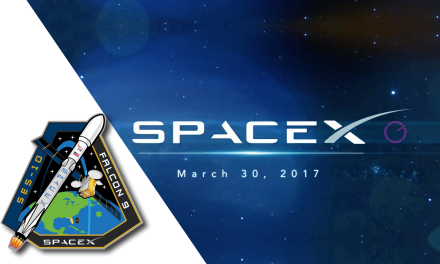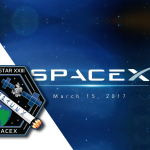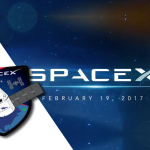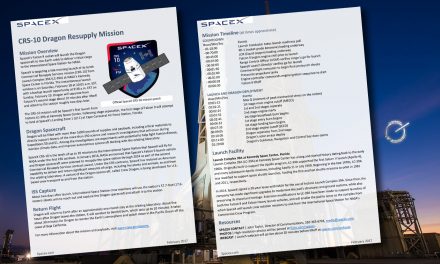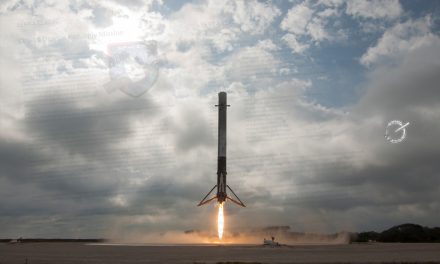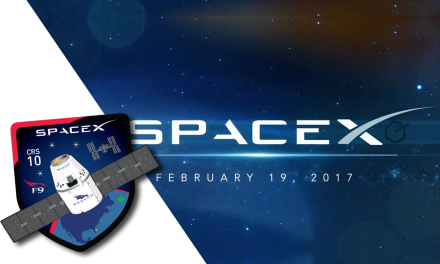SES-10 MISSION
SES-10 Mission the SpaceX webcast
Falcon 9 Liftoff
F9 LANDING for 2nd time
Satellite deploy
Mission Overview
SpaceX’s Falcon 9 rocket will deliver SES-10, a commercial communications satellite for SES, to a Geostationary Transfer Orbit (GTO). SES is a world- leading satellite operator, providing reliable and secure satellite communications solutions across the globe.
SpaceX is targeting launch of SES-10 from historic Launch Complex 39A (LC-39A) at NASA’s Kennedy Space Center in Florida. The two and a half hour launch window opens on Thursday, March 30, at 6:27 p.m. EDT, or 10:27 p.m. UTC. The satellite will deploy approximately 32 minutes after launch.
A backup launch window opens on Saturday, April 1, at 6:27 p.m. EDT, or 10:27 p.m. UTC.
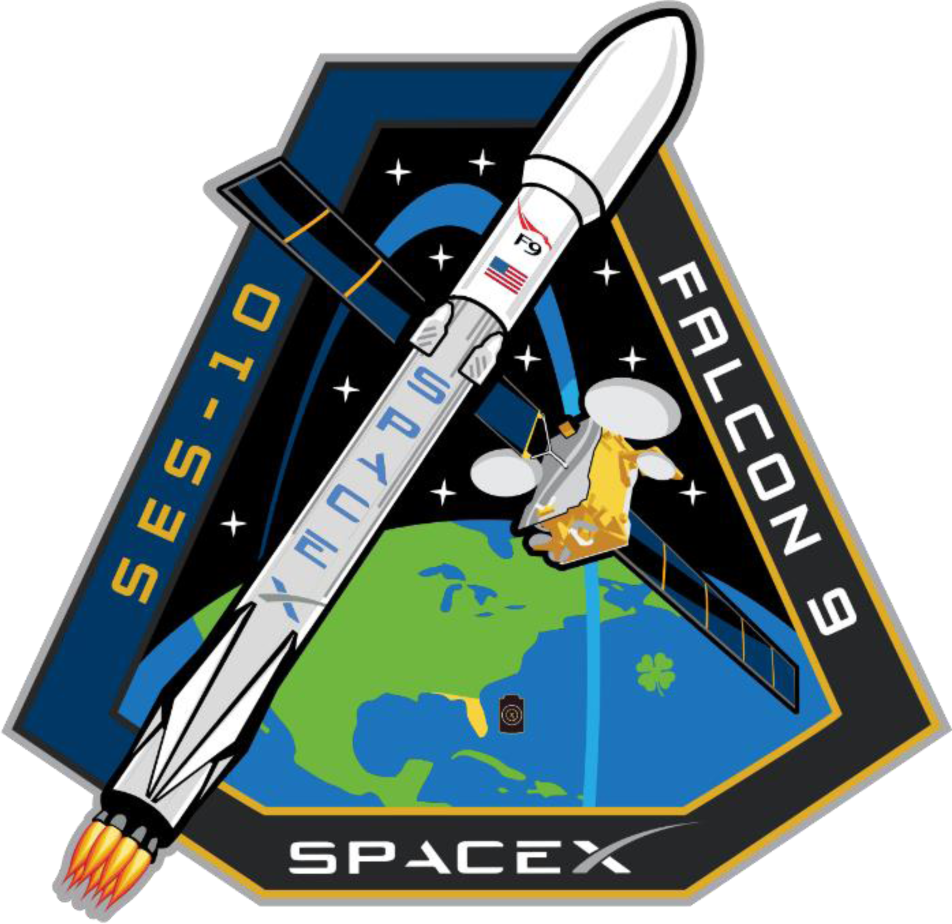
SES-10 Mission
Official SpaceX SES-10 Mission Patch
The SES-10 mission will mark a historic milestone on the road to full and rapid reusability as the world’s first reflight of an orbital class rocket. Falcon 9’s first stage for the SES-10 mission previously supported the successful CRS-8 mission in April 2016.
Following stage separation, Falcon 9’s first stage will attempt a landing on the “Of Course I Still Love You” droneship that will be stationed in the Atlantic Ocean.
Payload
SES-10 is SES’s first satellite designed exclusively to serve the thriving markets of Latin America. With 55 Ku-band transponder equivalents, SES-10 will be one of the biggest satellites covering Latin America and will provide significant capacity expansion to support SES’s reach in the region.
To be positioned at 67 degrees West, SES-10, pursuant to an agreement with the Andean Community (Bolivia, Colombia, Ecuador and Peru), will be used for the Simon Bolivar 2 satellite network. It will replace the capacity currently provided by two SES satellites at that location, and bring additional high- powered capacity across Latin America ranging from the Gulf of California in Mexico to Cape Horn in Chile.
Thanks to its ability to provide interconnection among the beams, the satellite will offer substantial flexibility to best respond to the markets’ needs.
All Magic SES-10 Mission Moments of the SpaceX webcast
SES-10 Mission | Press and play

T- 00:01:00
Flight computer commanded to begin final prelaunch checks
T- 00:01:00
Propellant tank pressurization to flight pressure begins

T- 00:00:03
Engine controller commands engine ignition sequence to start
T 00:00:00
Falcon 9 Liftoff
T+ 00:01:22
Max Q (moment of peak mechanical stress on the rocket)

T+ 00:02:40
1st stage engine shutdown/main engine cutoff (MECO)
T+ 00:02:43
1st and 2nd stages separate
T+ 00:02:51
2nd stage engine starts
T+ 00:03:44
Fairing deploy

T+ 00:06:24
1st stage entry burn begins

T+ 00:08:08
1st stage landing burn begins

T+ 00:08:29
Falcon 9 landing for second time

T+ 00:10:33
Elon Musk explains the importance of this milestone for space industry

T+ 00:26:31
2nd stage engine restarts

T+ 00:27:22
2nd stage engine cutoff (SECO-2)

T+ 00:32:03
SES-10 satellite deploy

T+ 00:32:45
A few important milestones

T- 00:18:28
SES-10 Hosted Webcast from the beginning
Launch Complex 39A at Kennedy Space Center, Florida
Launch Complex 39A (LC-39A) at NASA’s Kennedy Space Center has a long and storied history dating back to the early 1960s. Originally built to support the Apollo program, LC-39A supported the first Saturn V launch (Apollo 4), and many subsequent Apollo missions, including Apollo 11 in July 1969. Beginning in the late 1970s, LC-39A was modified to support Space Shuttle launches, hosting the first and last shuttle missions to orbit in 1981 and 2011 respectively.
In 2014, SpaceX signed a 20-year lease with NASA for the use of historic Launch Complex 39A. Since then, the company has made significant upgrades to modernize the pad’s structures and ground systems, while also preserving its important heritage. Extensive modifications to LC-39A have been made to support launches of both commercial and crew missions on SpaceX’s Falcon 9 and Falcon Heavy launch vehicles.
SPACEX CONTACT
John Taylor, Director of Communications, 310-363-6703, media@spacex.com.
PHOTOS
High-resolution photos will be posted at flickr.com/spacex.



